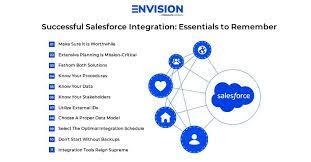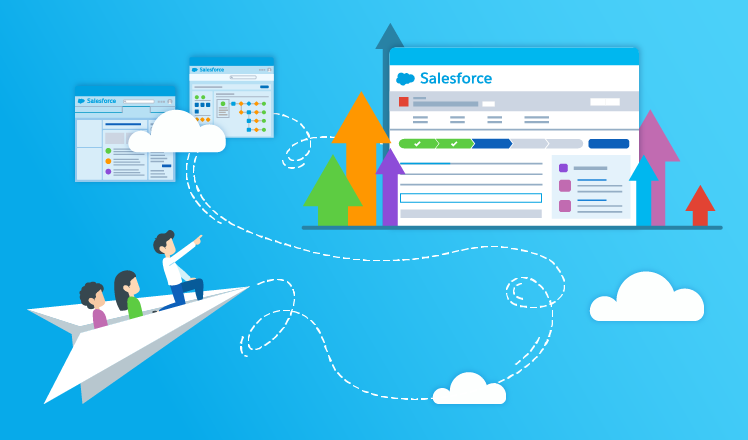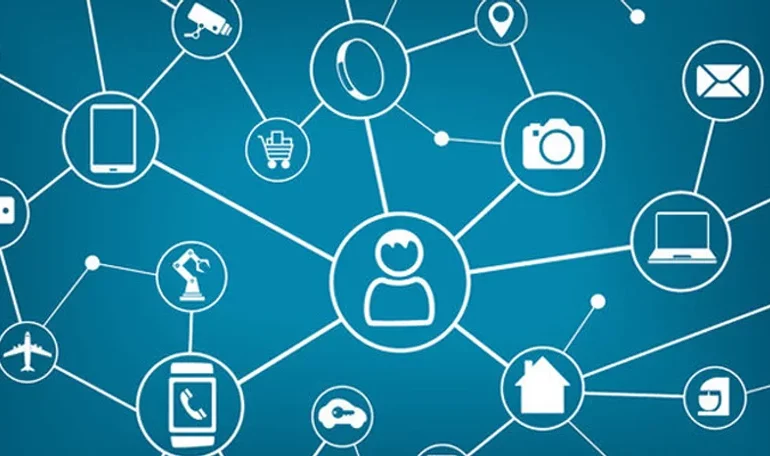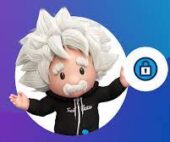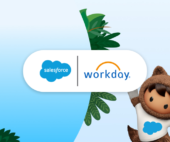Salesforce Envision
Salesforce: Enabling Customer Experiences Through Integrated Solutions Salesforce is a cloud-based CRM platform offering software, services, and applications designed to create valuable customer experiences. It integrates various organizational departments such as marketing, sales, and services, providing a unified view of the customer. Salesforce Envision is a digital transformation engagement. This insight outlines a typical customer’s

